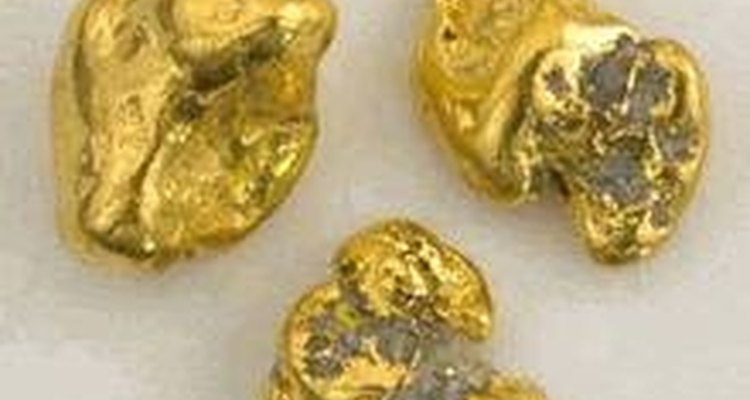
You are probably familiar with the saying "All that glitters is not gold." This is certainly true, but it has probably never been harder to tell the difference between real gold and fake gold than today. There are many ways to make fake gold look real, and as a result, you have to look very carefully and understand exactly what you are searching for to tell the difference.
History
Throughout history, fake gold has been used to swindle business people and make something out of nothing. No one is immune. In fact, the national bank of Ethiopia discovered recently that it had over $16 million in losses from fake gold in its vaults that had been purchased decades earlier. Fortunately, there are some ways to tell the difference between fake and real gold, and as the counterfeits improve, so does the science to identify them.
Function
Fake gold is almost always used as a scam. However, it does serve some legitimate purposes in the jewelry industry, by allowing jewelers to make and sell items that would otherwise be unaffordable to most people. In general, though, fake gold is used to scam people or businesses out of money.
Types
Fake gold comes in several forms. The most common--and the hardest to detect--are when another heavy metal is plated with 24-carat gold. This makes it appear that the entire piece of metal is pure gold, when actually only a thin skin on the surface is truly the precious metal. Iron pyrite, or fool's gold, is a common stone that many people used to think was gold during the days of the Gold Rush. However, it is far too hard and light to actually be gold, and almost everyone knows the difference today. People have also been fooled by highly polished copper pyrite or bismutite, both of which have a bright, yellowish sheen in some lights.
Features
Fake gold actually is often shinier than real gold. Real gold, particularly when it is in nugget form, has a yellow, almost waxy sheen. This sheen will not change regardless of what light it is in. Most types of fake gold may look shinier or duller in different lights, and may appear almost silver at times. Real gold is also malleable, while typical fake gold is hard. Fake gold is also lightweight in most cases, and even plating will not make a piece of fake gold weigh even a seventh of what real gold does in most cases.
Identification
You can test gold in several ways to determine if it is the real thing. Real gold can be hammered and will not break or lose its shine. It will just flatten out. Fake gold will stolidly retain its original shape or shatter. You can also weigh fake gold to see if it weighs as much as the same amount of real gold would--a jeweler can help you with this. Dropping the item in question into nitric acid will also let you know whether your gold is fake, as the real gold will remain unaffected, but fake gold will change color and create a green foam.
Warning
Whenever you are considering an investment in gold, you must require proof that the item that you are purchasing is actually gold. A simple certification is nearly worthless in the legal system since there is no way to prove that you yourself did not switch the gold for fake gold after the gold came into your possession. Work with a trusted jeweler or other expert to make sure before you buy, you are getting the real thing, because you have next to no recourse once the deal is done.
Related Articles

Metal Types for Rings Similar to ...

What Is the Difference in K and KT in ...
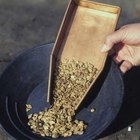
Difference Between 18K Gold Price & 24K ...

Can a White Gold Ring Be Made into ...

What Is Stainless Steel Jewelry?

How to Collect and Sell Turquoise ...

What Are the Differences Among 24K, 22K ...

What Is 21K Gold?
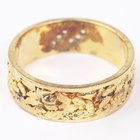
How Can I Test Rose Gold?

How to Tell If It's Gold Filled or ...

How to Find Out How Many Carats Are in ...
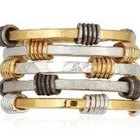
How to Clean Vermeil

How to Tell If a Silver Chain Is Real

How to Clean Gold Jewelry With Stones

How to Clean Sterling & Turquoise ...
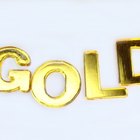
What Is the Difference Between 9K & 14K ...

How to Tell If Coral Jewelry Is Real
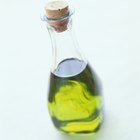
How to Polish a Dull Amber Ring
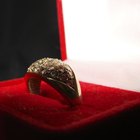
What Is 18 Carat Gold?
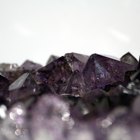
Types of Valuable Crystals